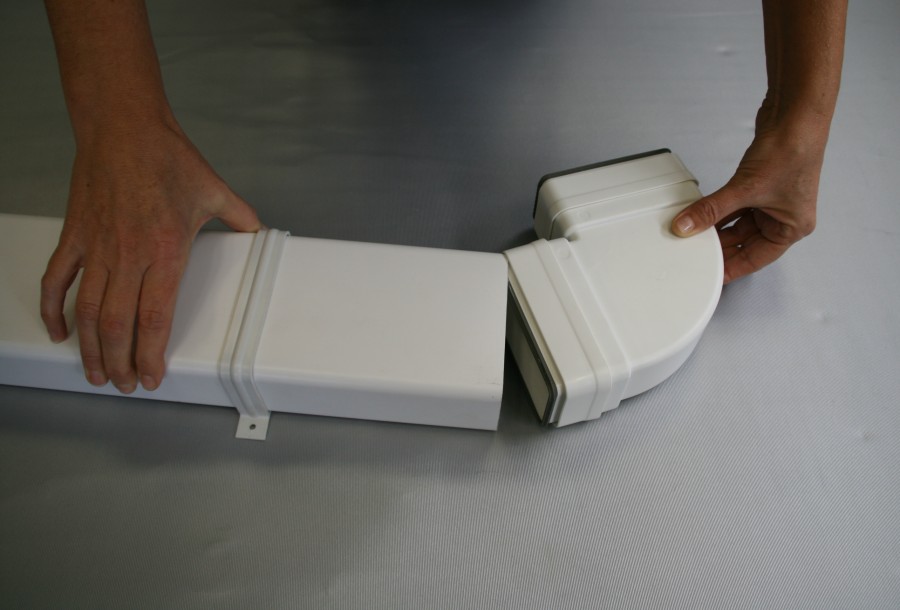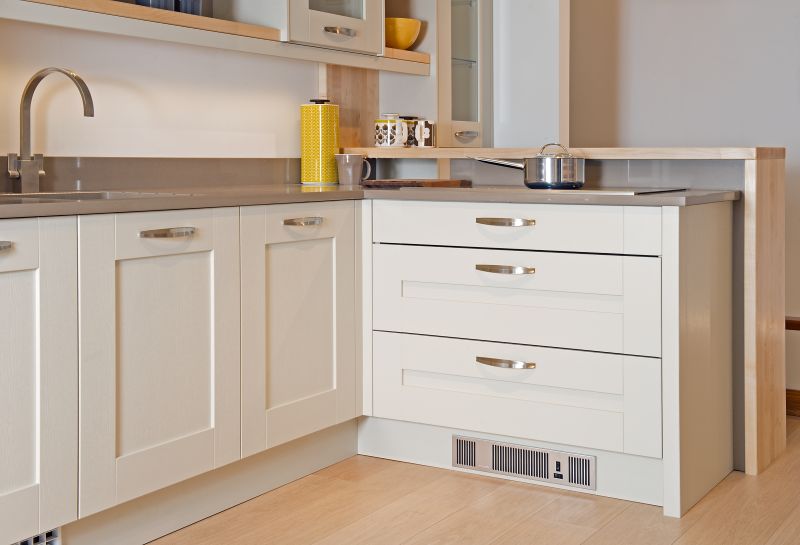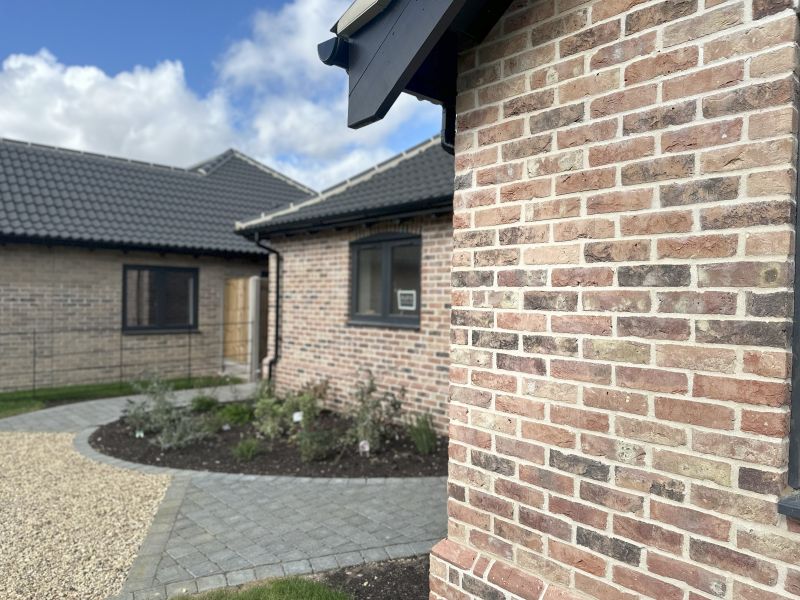As
legislation for the energy performance of buildings tightens to
deliver low energy and comfortable dwellings, developers are required
to apply increasingly energy-efficient building technologies,
including air tighter building fabrics, better insulation, more
efficient building services and use renewable energies to achieve the
minimum energy performance required by legislation.

Indoor
Air Quality (IAQ) in older houses generally depended upon
infiltration and airing, but purpose-provided ventilation is now
necessary to create and sustain a healthy IAQ and comfortable
indoor environment 24/7 in air tight buildings.
There
are several ventilation strategies, which can provide such
purpose-provided ventilation. Some use natural forces to displace
air, others mechanical. Although the physical properties of the
ventilation systems available can vary considerably, they are all
designed to extract stale, moist air from wet rooms and supply fresh
air to the habitable rooms.
Improved fan and heat
exchanger technologies have made MEV and MVHR systems some of the
most energy-efficient and comfortable ventilation systems available.
As a result, they are being applied in an increasing number of
buildings. However, and just like the boilers, they do have an
Achilles heel; ductwork.
Every rigid and semi-rigid
ductwork system is fit-for-purpose IF designed and installed
correctly. However, poorly designed air distribution systems will
waste energy through unnecessary pressure loss and a poorly installed
air distribution system will waste energy through unnecessary air
leakage because the ventilation unit will have to work harder to
ventilate at the required rates, which may also cause unnecessary
noise hindrance.
Applying best
practise design principles will minimise pressure loss and sealing
every ductwork connection will minimise air leakage. However, the
latter is easier said than done and often not done in practise
because it requires sealants and/or tape, which is time consuming,
messy and of an inconsistent quality.
Both HM’s
Domestic Ventilation Compliance Guide (v2.0) and the NHBC standards
(3.2/D3/G) state that duct connections require sealing. However,
Ubbink believes that high quality ductwork should not be solely
dependent upon regulatory measures and highly qualified installers.
That’s why Ubbink has launched its new Airtight rigid and Air
Excellent semi-rigid ductwork, with purpose-designed and extremely
airtight mechanical connections, which are extremely easy and quick
to install, even for less experienced installers.
Ubbink’s
Airtight ductwork uses exactly the same accessories as standard rigid
ductwork, but with integrated air-tight seals, which means that
installers don’t need to buy extra items or learn new skills to
install them.
Benefits
of Ubbink’s Airtight ductwork
- Quality:
Purposed designed/manufactured connections means unmatched quality
and consistency of connections.
- Speed:
Purposed designed/manufactured connections, which can be installed
in seconds, means unmatched speed of installation.
- Cost:
Unit cost higher due to dual injection, but much lower labour costs.
If you
would like to receive more information about our ductwork, please
call us on 01604 433000 or send an e-mail to sales@ubbink.co.uk.




















